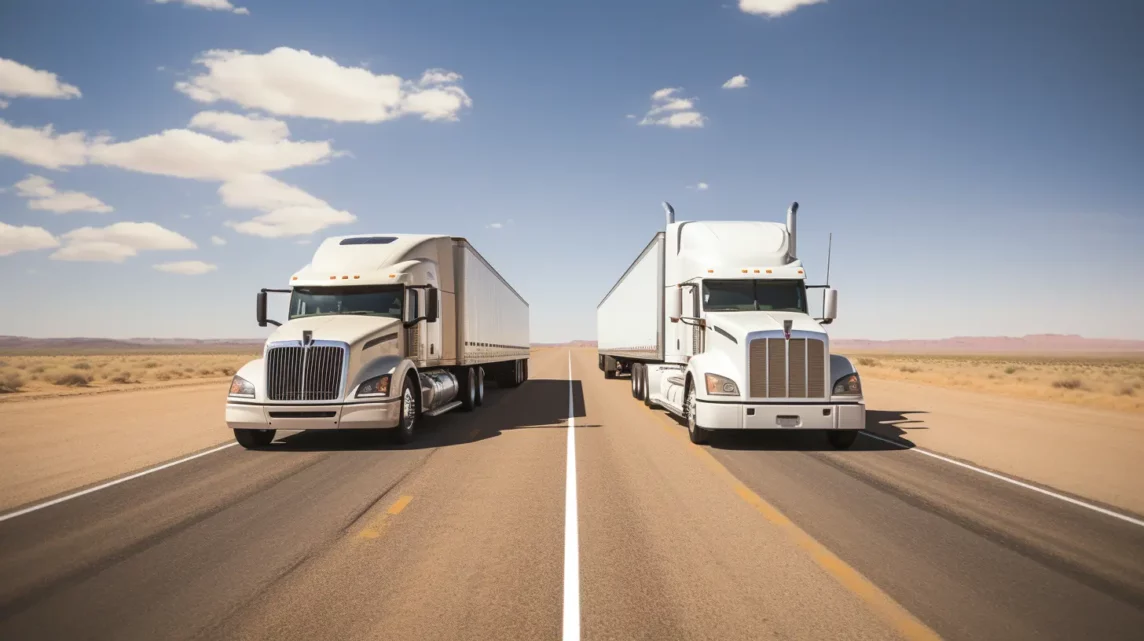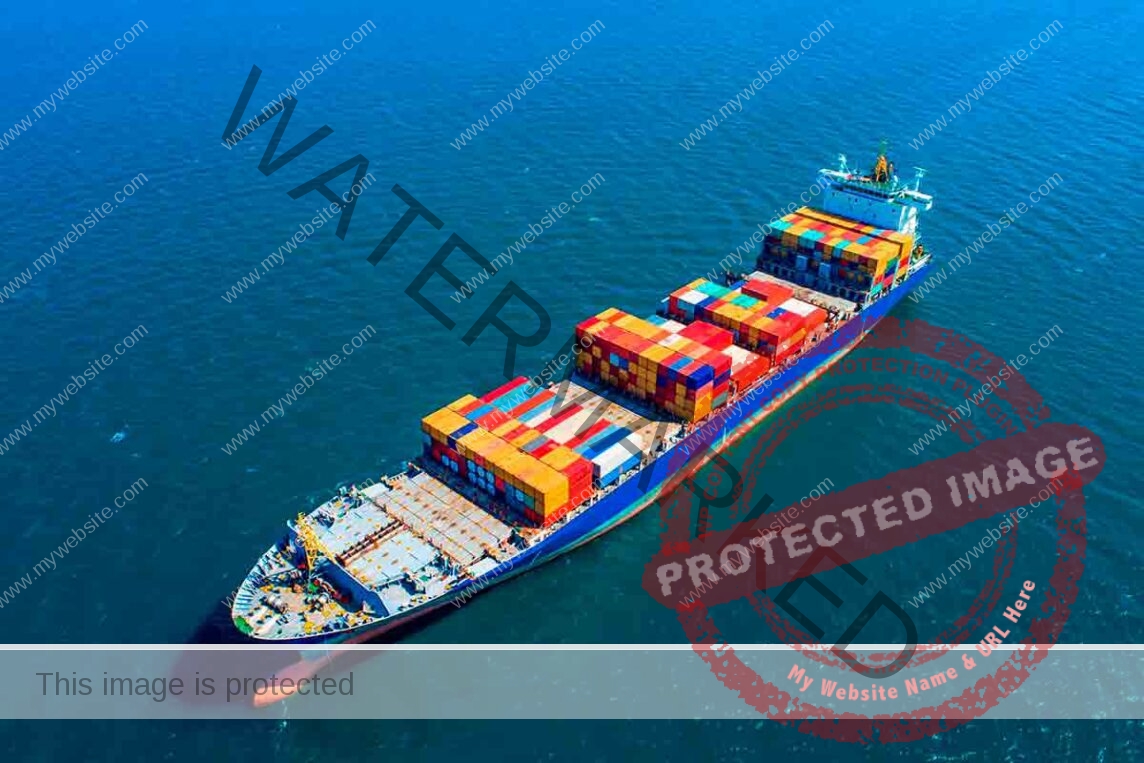When it comes to freight transportation, businesses often face the dilemma of choosing between LTL and FTL Trucking. Understanding the key differences and knowing how to pick the right shipping option is crucial for optimizing logistics solutions. Differences between LTL and FTL Trucking 1.Size and Weight Requirements.
Understanding Freight Forwarding: A Comprehensive Guide
Discover the ins and outs of freight forwarding, from optimizing logistics to improving supply chain efficiency. Unlock the key to seamless international shipping.
Mastering the Complexity of Modern Freight Forwarding: A Strategic Guide
As a crucial player in the global supply chain, freight forwarding facilitates the seamless movement of goods across borders, enabling international trade. However, the landscape of freight forwarding is constantly evolving, presenting freight forwarders with an array of challenges that demand adaptability and strategic navigation. From technological advancements to shifting trade policies, a proactive and well-informed approach is necessary to stay ahead in this complex environment.





